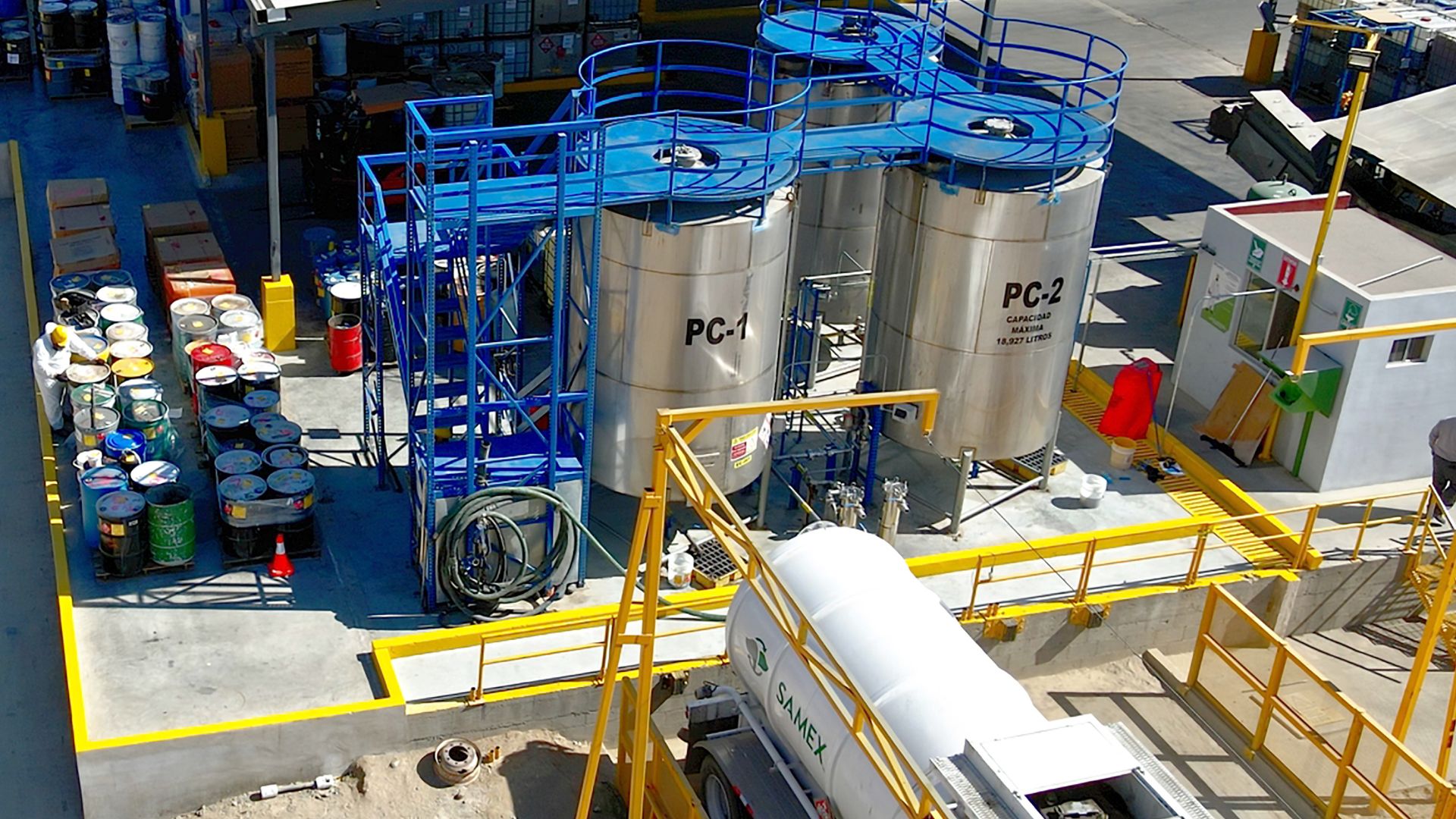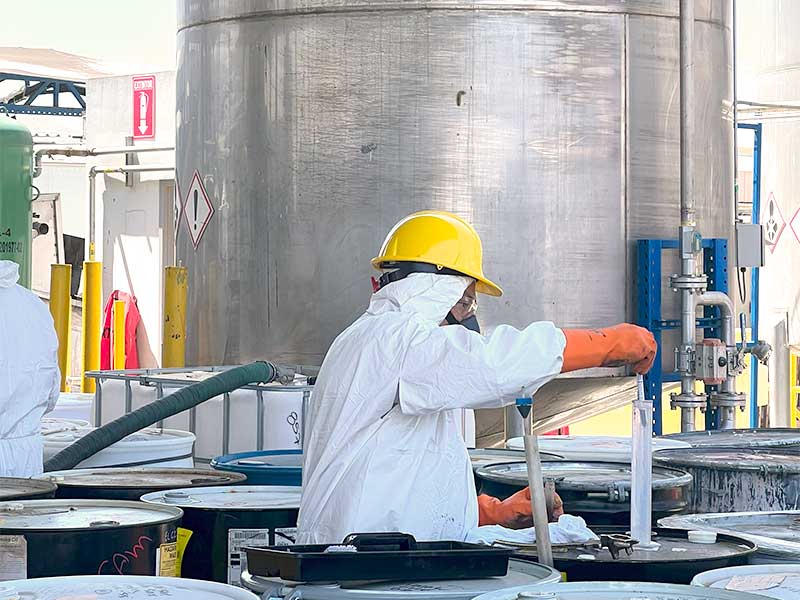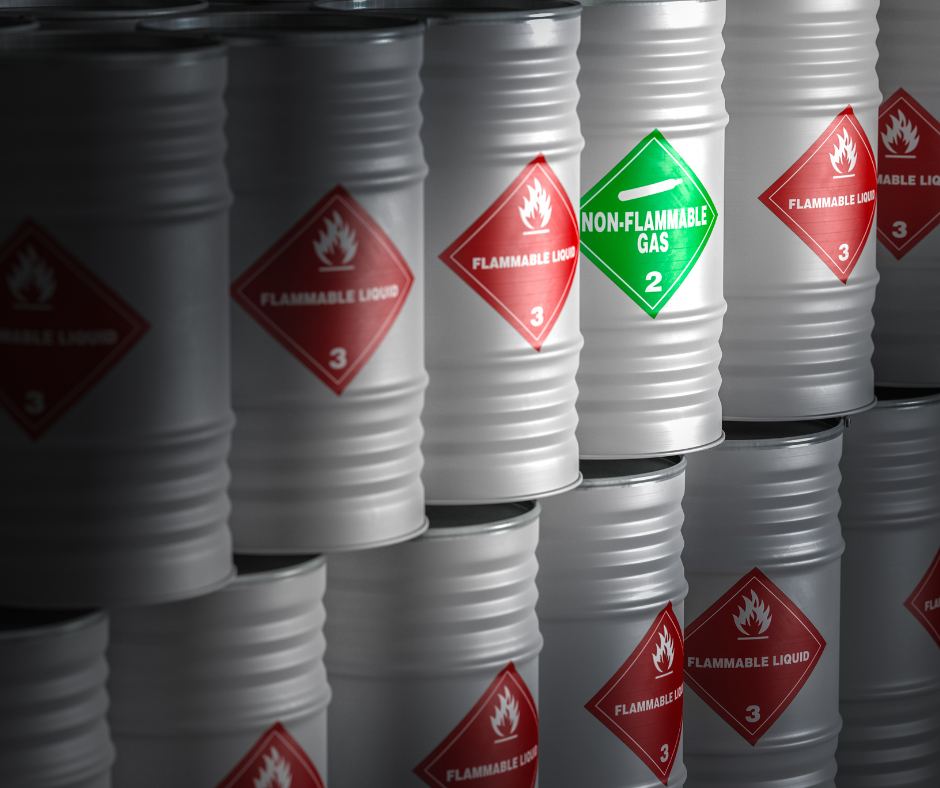How To Dispose Of Flammable Liquids Sustainably
Though flammable liquids may not scream 'environmentally friendly,' they're often indispensable in industry. However, your business can still...
2 min read
 Larry Burton
:
Jan 16, 2024 8:46:38 AM
Larry Burton
:
Jan 16, 2024 8:46:38 AM

Discover the essential regulations and guidelines for the safe disposal of flammable liquid waste. Understand the importance of proper handling and learn how to stay compliant with the law.
Flammable liquid waste refers to any liquid that has the potential to ignite and burn. It is important to understand the characteristics and properties of these liquids to ensure safe handling and disposal. Flammable liquids can include gasoline, solvents, paints, and certain chemicals.
When dealing with flammable liquid waste, it is crucial to recognize the risks associated with them. These liquids can easily catch fire and release harmful vapors, posing a significant threat to both human health and the environment. Understanding the potential hazards is the first step towards proper handling and disposal.
There are various types of flammable liquids, each with its own set of characteristics and risks. It is important to be able to identify these liquids to ensure proper handling and disposal. Some common types of flammable liquids include gasoline, diesel, kerosene, alcohol, and certain solvents.
Each type of flammable liquid has different properties, such as flash point and vapor pressure, which determine its level of flammability. It is essential to properly label and store these liquids to avoid any accidents or incidents. By understanding the different types of flammable liquids, you can take the necessary precautions to ensure safety.
Proper handling and disposal of flammable liquid waste are crucial to prevent accidents, fires, and environmental damage. It is important to follow specific protocols and procedures when dealing with these hazardous substances.
When handling flammable liquid waste, it is essential to use appropriate personal protective equipment (PPE) to minimize the risk of exposure and injury. This may include gloves, goggles, and flame-resistant clothing. Additionally, it is important to have proper ventilation in the storage and disposal areas to prevent the buildup of flammable vapors.
Disposing of flammable liquid waste should be done in accordance with local regulations and guidelines. This may involve contacting a licensed waste management company or utilizing designated disposal facilities. Proper disposal methods ensure that the waste is treated and disposed of safely, reducing the risk of contamination and harm to the environment.
Handling and disposing of flammable liquid waste must comply with specific regulations and guidelines to ensure safety and environmental protection. These regulations may vary depending on the location and jurisdiction, so it is important to familiarize yourself with the applicable rules.
Some common regulations for flammable liquid waste disposal include proper labeling and storage, regular inspections and maintenance of storage containers, and the use of approved disposal methods. It is important to stay updated on any changes in regulations to ensure compliance and avoid penalties.
In addition to regulations, there are also industry-specific guidelines and best practices for the handling and disposal of flammable liquid waste. These guidelines provide additional information on safe practices and can help enhance safety measures in your facility.
To stay compliant with regulations and ensure safety when handling flammable liquid waste, it is important to establish proper procedures and protocols. This includes training employees on proper handling techniques, providing them with the necessary PPE, and regularly reviewing and updating safety protocols.
Regular inspections and maintenance of storage areas and equipment are also crucial to identify any potential hazards or issues. It is important to address any concerns promptly and make necessary repairs or improvements to ensure safety.
Furthermore, staying informed about changes in regulations and industry practices is essential to stay compliant. This can be done through attending training sessions, joining industry associations, and regularly reviewing relevant publications.
By following regulations, implementing best practices, and prioritizing safety, you can ensure the proper handling and disposal of flammable liquid waste, protecting both your employees and the environment.

Though flammable liquids may not scream 'environmentally friendly,' they're often indispensable in industry. However, your business can still...

Fire safety is a critical aspect of industrial and everyday life, and it involves classifying materials based on their flammability and...
.png)
Storing flammable liquids in warehouses poses significant risks, but adhering to best practices can significantly enhance safety and compliance.